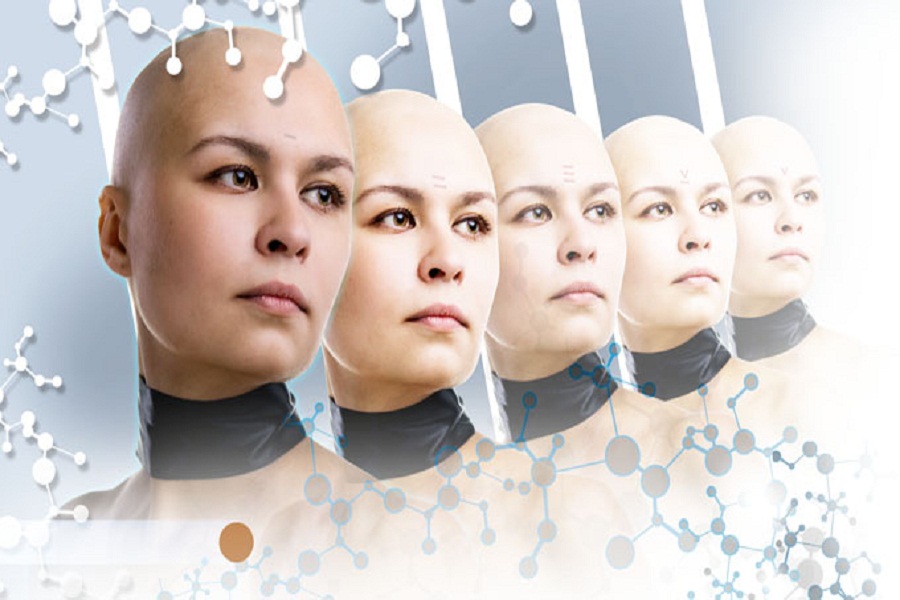
Published :
Updated :

The word 'cloning' generally invokes the picture of two or several identical beings standing next to each other. This is known as reproductive cloning, a technique currently used to improve animal breeding.
The other two forms of cloning are therapeutic cloning, which refers to producing embryonic stem cells to replace or repair damaged tissue and organs and gene cloning, which creates copies of genes and DNA segments.
Simply, reproductive cloning involves the following steps: selection of a healthy somatic cell from the living being in question, removal of the nucleus from an egg cell (preferably from the same species), inoculation of the nucleus of the somatic cell into the empty egg cell, letting the egg develop into an early stage embryo and finally inserting the embryo in the womb of an adult female animal.
While this may sound like a simple 5-step process, it takes years and years of perseverance and several hundred failed attempts to get to the stage of simply growing the embryo.
Reproductive cloning is a remarkable outcome of modern scientific endeavours, but the area of reproductive cloning, which has been the subject of countless debates for a long time, is human cloning. It is an extremely complex and controversial technology involving several ethical challenges.
In 1996, a sheep named Dolly was successfully cloned by Ian Wilmut and his colleagues at the Roslin Institute near Edinburgh in Scotland after 276 failed attempts. That first led to the speculation of the possibility of human cloning and its ethical and moral concerns.
Although various animals such as sheep, cats and dogs have been cloned, human cloning remains largely untested and unproven.
By definition, human cloning is the process of creating a genetically identical copy of a human being. Proponents of human cloning claim that human cloning has the potential to improve human life such as contributing to the advancement in treating various diseases such as Alzheimer’s’, Parkinson’s disease, diabetes, and injuries such as spinal cord injuries, burns and organ transplantation, and offering potential pathways for reproduction alternative to surrogacy and IVF, which could ultimately lead to greater reproductive freedom.
Overall, the entire process could elevate human understanding in medical science and genetics. While all of this sounds too good to be true, the opponents' perspective must not go unaccounted.
Although it is believed that cloning could cure innumerable diseases, the chances of its success are slim. The reproductive cloning of Dolly required 276 attempts for success which attests to the fact that it is not the most feasible method of reproducing a living being.
Even after the cloning is accomplished, the reproduced human being will not be an exact copy of the progenitor. According to bioethicist Julian Savulescu, the viable clone could suffer from a genetic malformation, cancer or even shortened lifespan in addition to the risks involved in the process.
The practice of human cloning will also violate human individuality and ultimately reduce the diversity in the human gene pool.
The religious perspective on human cloning is nuanced, but most religious scholars have stated that cloning is akin to playing God and growing life in a laboratory, which is a breach of respect for the human dignity of the life being cloned.
Owing to the ethical and physiological implications, cloning has been outlawed in several countries, and as such, any attempt in this regard would be subject to intense criticism and significant legal obstacle. It is important to note that as human cloning is an almost untouched area of genetic engineering, many of the advantages and risks discussed thus far are largely theoretical.
Apparently, human cloning might still be a topic of the future, but the ethical dilemma must be resolved, and there need to be legal frameworks before such a breakthrough.
fawziyaosman141@gmail.com


 For all latest news, follow The Financial Express Google News channel.
For all latest news, follow The Financial Express Google News channel.